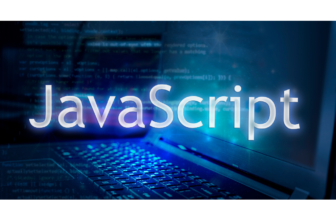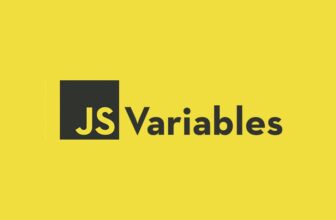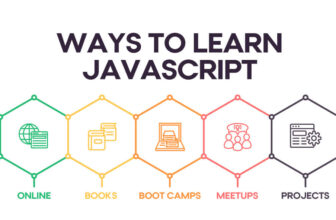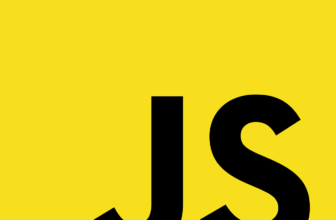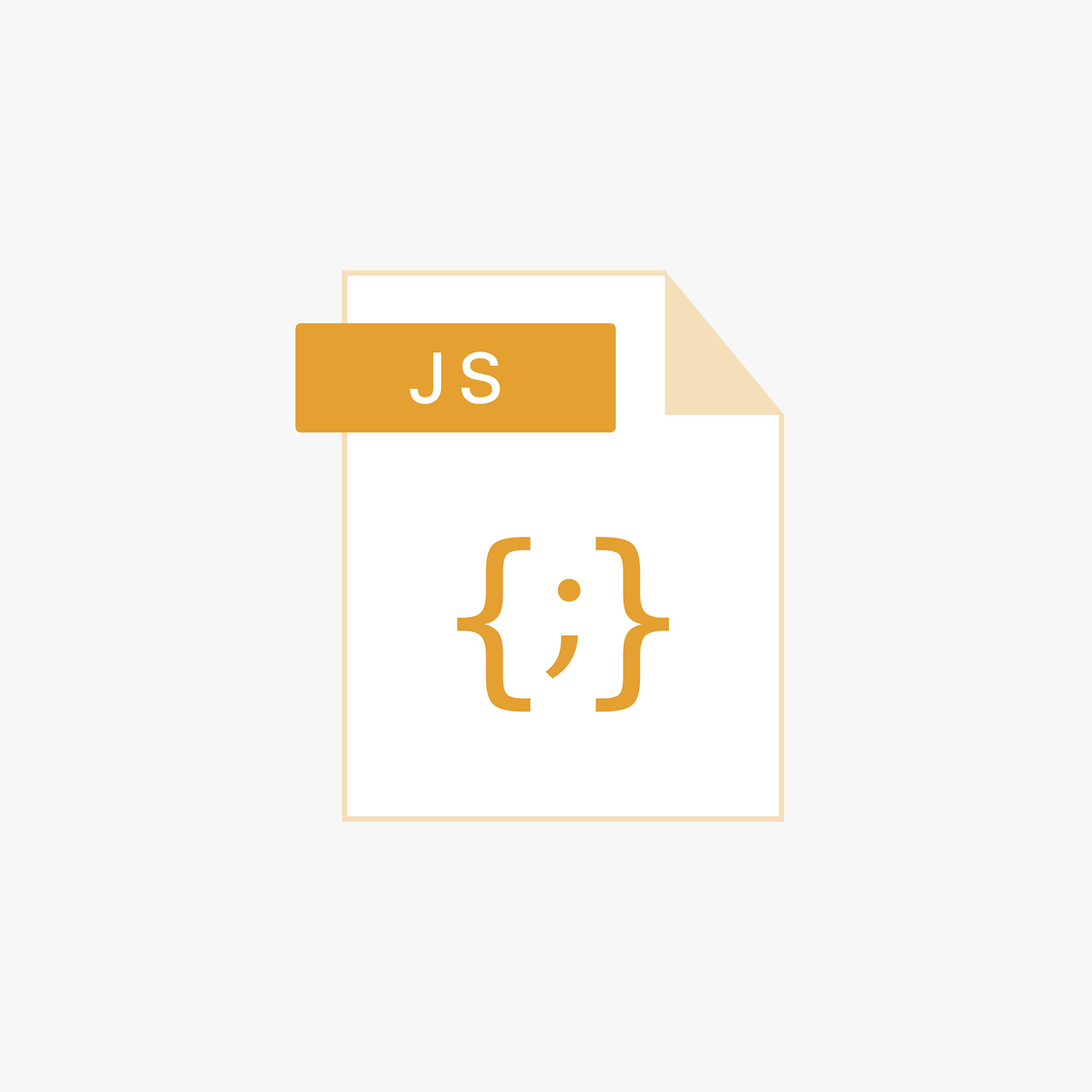
JavaScript Basics: An Introduction
JavaScript is a versatile scripting language that adds interactivity and dynamism to web pages. It allows you to create animations, manipulate DOM elements, build complex web applications, and more. Here’s a brief introduction to the basics:
1. What is JavaScript?
JavaScript is a high-level, interpreted programming language. It is also:
- Client-side: Runs in the user’s web browser, making web pages more dynamic and interactive.
- Object-oriented: Uses objects to represent data and functionality.
- Dynamically typed: No need to explicitly declare variable types.
- Single-threaded: Executes one task at a time.
2. Basic Syntax:
JavaScript uses familiar programming constructs like:
- Variables: Store data (strings, numbers, booleans, etc.)
- Operators: Perform mathematical and logical operations
- Conditional statements: Control the flow of execution
- Loops: Repeat tasks
- Functions: Group reusable code blocks
3. Data Types:
JavaScript includes various data types to represent different kinds of information:
- Primitive: Numbers, strings, booleans, null, undefined
- Non-primitive: Objects, arrays, functions
4. Interacting with the Web Page:
JavaScript can manipulate the web page using the Document Object Model (DOM):
- getElementById: Access elements by ID
- getElementsByTagName: Access elements by tag name
- createElement: Create new elements
- setAttribute: Modify element attributes
- innerHTML: Change element content
5. Common Functions:
- alert(): Displays a pop-up message
- prompt(): Asks for user input
- confirm(): Displays a confirmation dialog
- console.log(): Prints information to the console
6. Learning Resources:
To learn more about JavaScript, you can explore these resources:
- MDN Web Docs:https://developer.mozilla.org/en-US/docs/Web/JavaScript
- W3Schools:https://www.w3schools.com/js/
- JavaScript.info: https://javascript.info/
- Codecademy: https://www.codecademy.com/catalog/language/javascript
- FreeCodeCamp: https://www.freecodecamp.org/news/learn-javascript-full-course/
Remember, the best way to learn JavaScript is through practice. Start with small projects and gradually build your skills by taking on more complex challenges.
Additional Notes:
- This is just a basic overview of JavaScript. There are many more concepts and features to explore.
- The JavaScript landscape is constantly evolving, so it’s important to stay updated with the latest developments.
- Be patient and persistent when learning JavaScript. It takes time and effort to become proficient in any programming language.
Feel free to ask me any further questions you have about JavaScript!
Check more articles/blogs related to this education category on Webtirety Blogging Platform.



